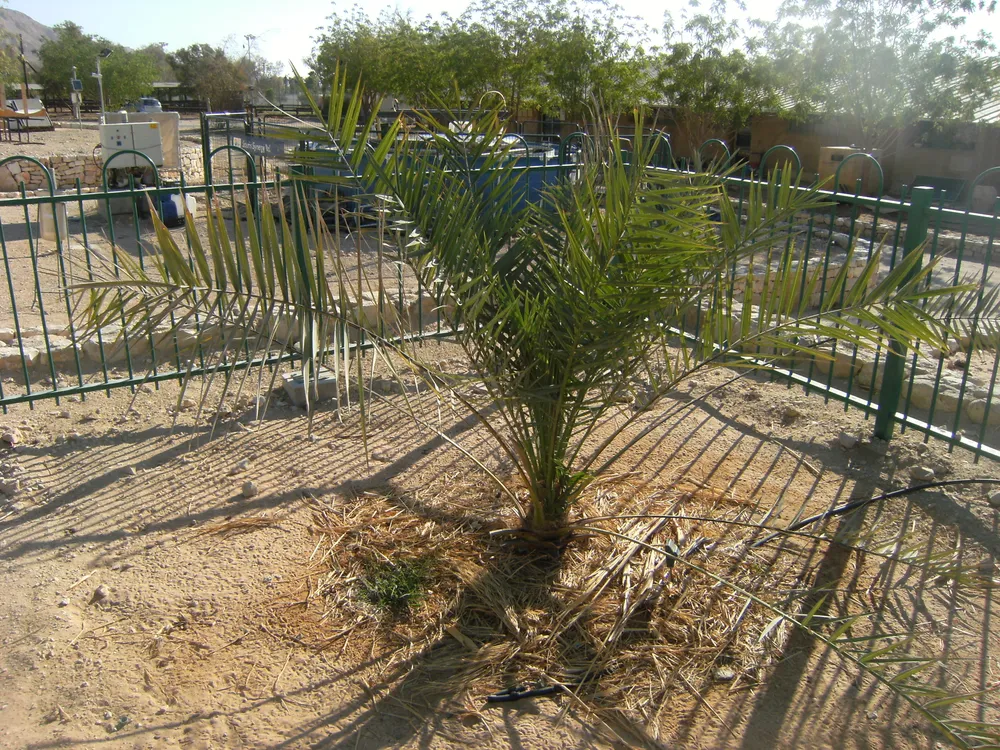Based on the research from multiple reputable sources, here is a detailed summary of the information regarding the 2,000-year-old seeds and the Judean date palm that they produced:
Discovery of the Seeds
In 1963, a team led by the famous archaeologist Yigal Yadin discovered six seeds in an earthen jar at the ruins of Masada, near the Dead Sea in Israel. These seeds were then stored at Bar-Ilan University in Ramat Gan, Israel.
Germination and Planting
Dr. Sarah Sallon initiated the germination of these ancient seeds, with Dr. Elaine Solowey from the Center for Sustainable Agriculture at the Arava Institute for Environmental Studies taking on the task. After a meticulous process of hydration and treatment with fertilizer and growth hormone, the seeds were sprouted in 2005. The first of these, nicknamed “Methuselah” after the oldest person mentioned in the Bible, was planted in Ketura, Israel, in the Arabah of southern Israel.
The Judean Date Palm Today
Methuselah, the Judean date palm, has grown from the ancient seed and is thriving. By 2011, Methuselah had flowered and was confirmed to be male. By 2015, the palm was producing pollen, and as of 2020, it had reached a height of 3.5 meters (11 ft). Methuselah’s pollen has been used to successfully pollinate female date palms, and dates have grown from the pollination of Hannah, one of the female specimens. These dates are being studied for their properties and nutritional values. The goal is to grow dates from these ancient seeds in large quantities and establish them in commercial plantations.
The seeds’ discovery, germination, and the subsequent growth of the Judean date palm are significant for several reasons. It’s a story of remarkable biological resilience and provides insights into ancient agriculture and the biodiversity of the past. The Judean date palm, once thought extinct, is now giving researchers a living connection to the region’s history and a chance to potentially improve modern date cultivars with traits such as environmental tolerance and disease resistance.
